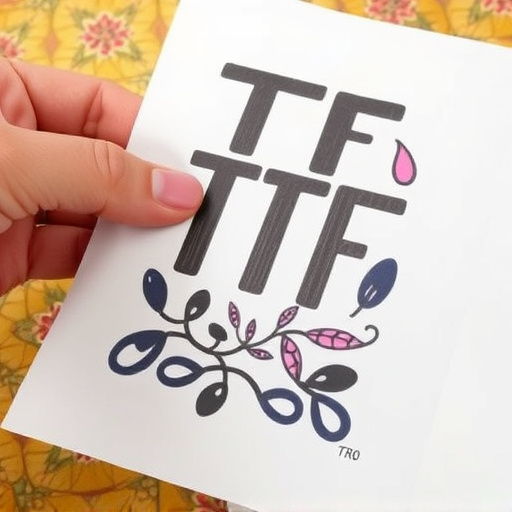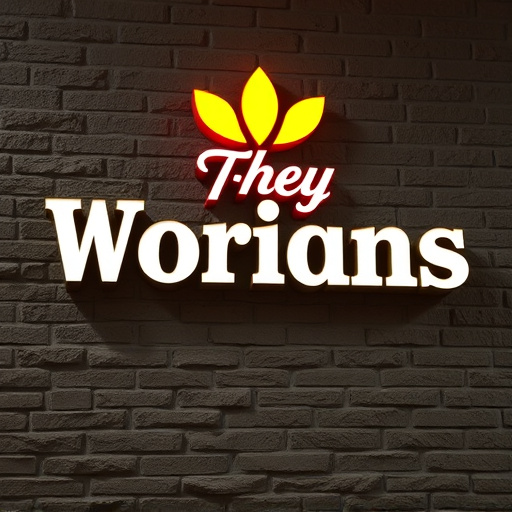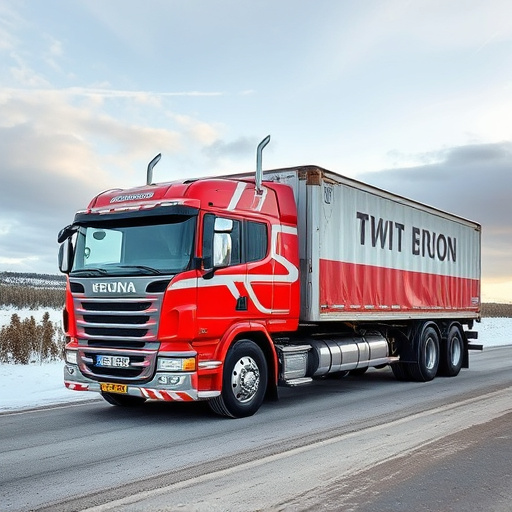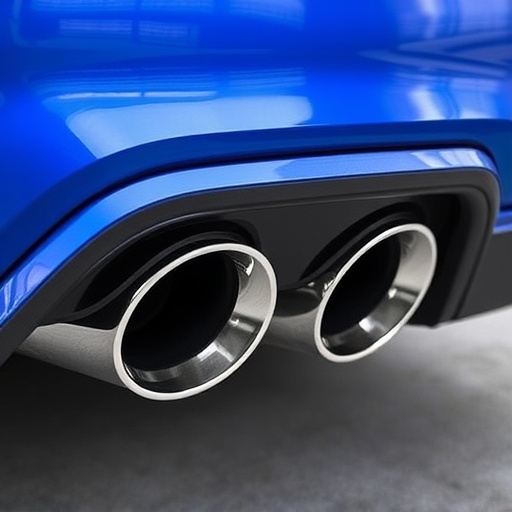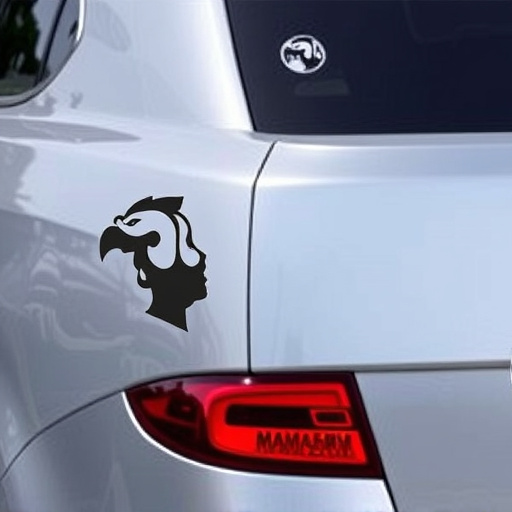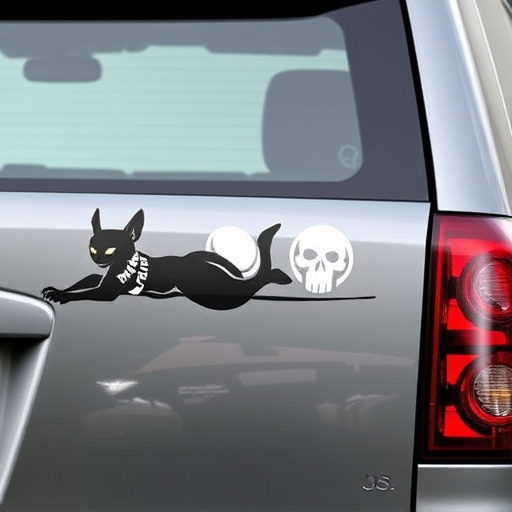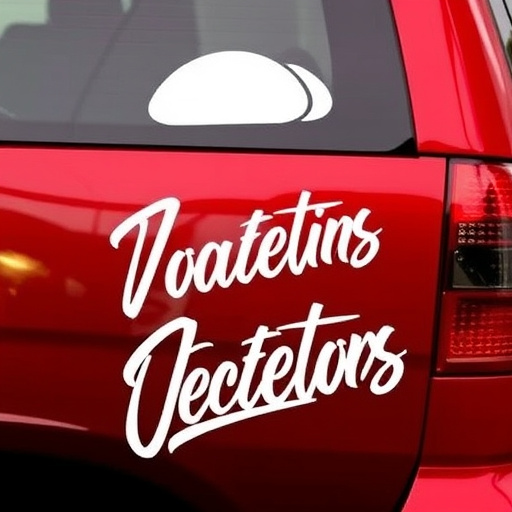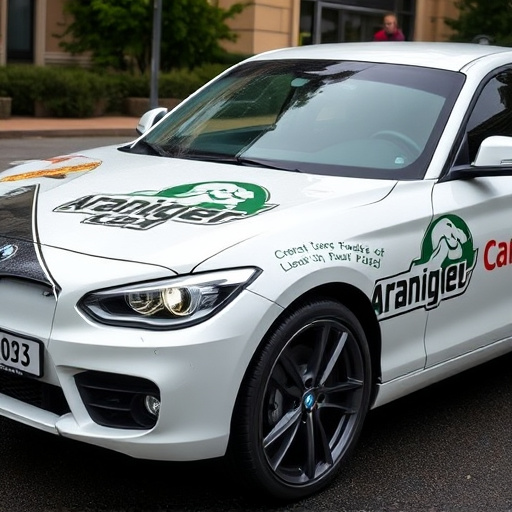Event graphics design is a powerful tool for creating captivating promotional materials that enhance audience engagement and leave lasting impressions. By strategically incorporating visuals like logos, images, videos, and text across various touchpoints—from pre-event invites to on-site displays like pop-up booths with UV protection and vinyl wraps—organizers can ensure consistent brand messaging and differentiate their events in a competitive landscape.
Scaling event graphics design across multiple touchpoints is an art that enhances attendee experiences, drives engagement, and leaves a lasting impression. This comprehensive guide delves into the intricacies of event graphics design, exploring its pivotal role in transforming events into memorable experiences. We’ll navigate key touchpoints where visuals can captivate audiences, from initial invitations to post-event reflections. By implementing strategic methods, including consistent branding, scalable design assets, and efficient distribution tools, organizers can ensure impactful visual storytelling across every interaction point.
- Understanding Event Graphics Design and Its Touchpoints
- – Define event graphics design and its role in events
- – Identify key touchpoints where graphics can be integrated
Understanding Event Graphics Design and Its Touchpoints

Event graphics design is a multifaceted discipline that involves creating visually appealing and impactful promotional materials for events. It encompasses various touchpoints where attendees interact with event branding, from invitations and tickets to banners, booths, and even merchandise. Each touchpoint presents an opportunity to capture attention, convey information, and foster engagement.
Understanding these touchpoints is crucial for successful event graphics design. For instance, the professional installation of pop-up displays (PPF) offers a robust platform for showcasing graphics, while UV protection ensures that designs remain vibrant and durable. Vinyl wraps, another essential tool, allow for versatile branding on vehicles, structures, or even personal devices, enhancing overall event visibility and memorability.
– Define event graphics design and its role in events

Event graphics design plays a pivotal role in transforming events into visually captivating experiences. It involves the strategic use of visual elements such as logos, images, videos, and text to communicate event themes, brand messages, and key information. Effective event graphics design enhances engagement, leaving attendees with lasting impressions and fostering memorable interactions.
In today’s competitive event landscape, where audiences are constantly bombarded with stimuli, visually striking designs act as a powerful tool to cut through the noise. From trade shows and conferences to festivals and product launches, well-crafted event graphics ensure that organizers’ messages are delivered clearly and consistently across various touchpoints. Similar to how protective coatings safeguard vehicles from damage, event graphics design safeguards events from blending into the background, ensuring they stand out and resonate with participants.
– Identify key touchpoints where graphics can be integrated
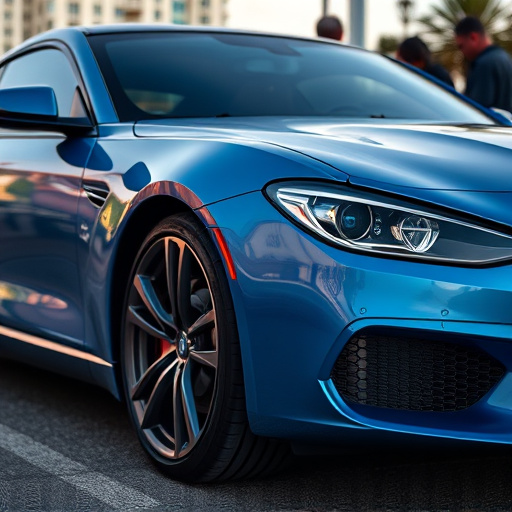
To effectively scale event graphics design, it’s essential to identify key touchpoints where visually appealing and impactful designs can enhance participant experiences. Start by considering pre-event materials such as invitations, promotional flyers, and social media posts. These serve as the first point of contact, setting the tone for your event. High-quality, event-themed graphics on these platforms attract attention, convey branding, and generate excitement.
Next, focus on on-site applications like banners, backdrops, and displays. Well-designed graphics at event entrances, stages, and photo areas not only guide attendees but also create memorable photo opportunities. Additionally, consider integrating graphics into interactive elements like pop-up booths or product demonstrations using techniques such as paint correction, window tinting, and vinyl wraps to elevate the overall aesthetic experience, ensuring your event stands out in a competitive landscape of event graphics design.
Effective event graphics design scaling across touchpoints is paramount for creating immersive experiences. By understanding the strategic placement of visuals throughout the event lifecycle, from pre-event promotion to post-event reflection, designers can enhance engagement and leave lasting impressions. Integrating visually appealing graphics at each touchpoint, whether through digital media, printed materials or physical installations, reinforces branding, communicates key messages, and fosters memorable interactions. This holistic approach ensures a cohesive and impactful event experience that resonates with attendees long after the conclusion of the event.
